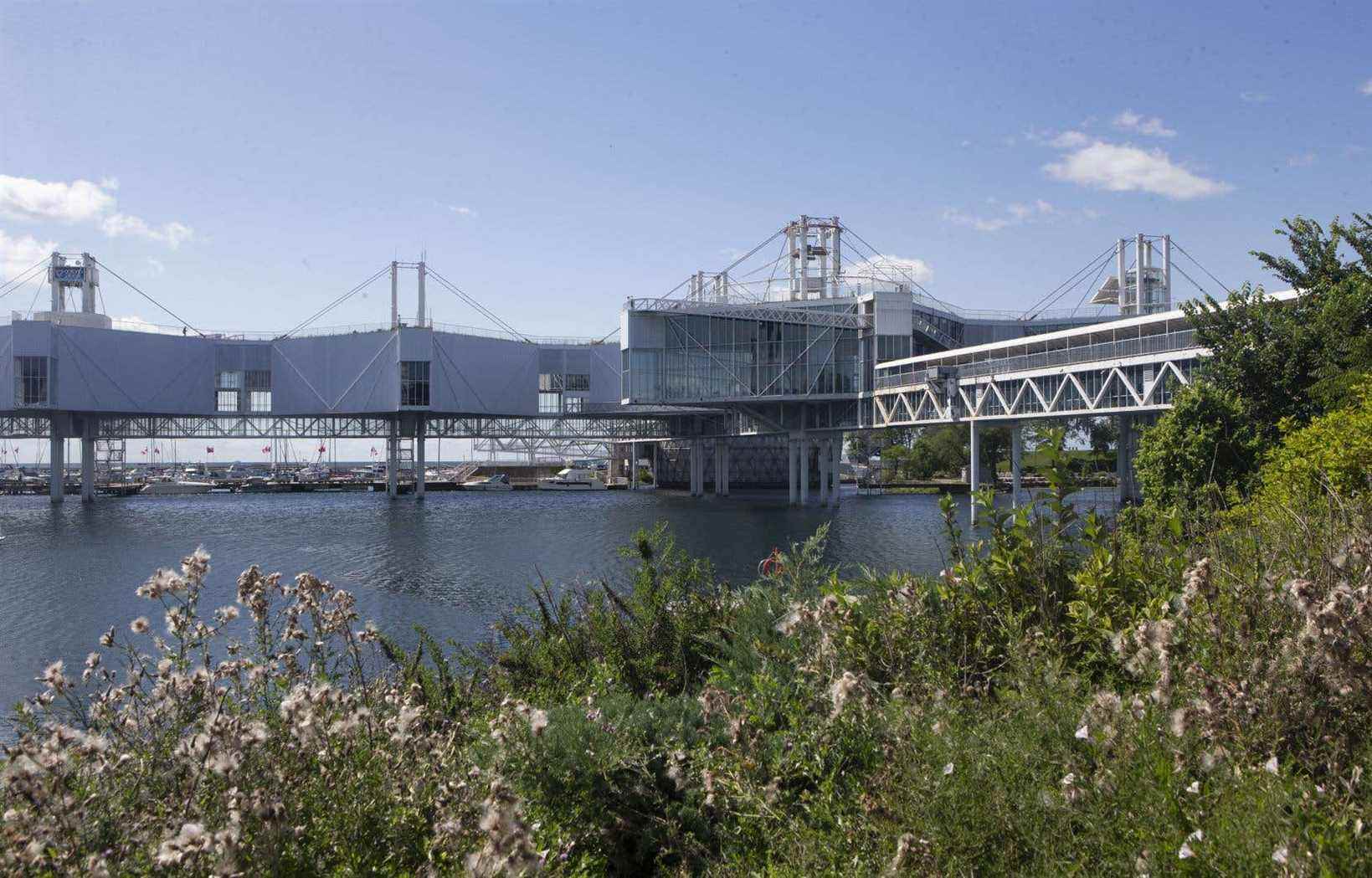Cirque du Soleil wants to establish itself in the long term in Place de l’Ontario, a Toronto park similar to Parc Jean-Drapeau, has found The duty. On October 6, a lobbyist for the Quebec company registered with the province. The latter selected three private companies this summer, including the Quebecois Écorécréo, which will share part of the place of Ontario as part of a controversial redevelopment of the site over the next decade.
The revitalization of the provincial site, until now public, raises concerns. Some experts fear that the public consultations on the project concluded on October 28 will have little effect on the plans of the province and the companies.
According to its registry entry, Cirque du Soleil is attempting to sign a long-term agreement with the Ontario Place Corporation – the provincial agency that manages the site – for “the occupation of Ontario Square, pending that the sector revitalization plan is implemented ”. Yan Plante, former chief of staff of the conservative Denis Lebel, was hired by the company to promote its interests. Contacted by The duty, the Circus did not want to comment on the matter further.
Cirque du Soleil usually sets up shop every two years in Toronto. But there is still a precedent for the interest of a Toronto office: in 2013, the American conglomerate MGM Resorts had considered the idea of building a casino on the Place d’Exhibition, which faces the Place de l ‘Ontario. The Cirque du Soleil would have been the main partner of MGM Resorts.
The redevelopment of Ontario Square includes the arrival of Écorécréo, selected following a call for proposals process launched by the province, without the participation of the City of Toronto. Known in Montreal for its management of activities such as quadricycle rental in the Old Port, Écorécréo plans to build an adventure park in Toronto. Since the province’s announcement in July, the Quebec company has hired an architectural firm to work on a first version of the adventure park plan, which will be submitted to the province in mid-2022, hopes the co-owner Jean-Philippe Duchesneau.
The company wants its Toronto project to mark the start of a breakthrough in the North American market. “We had been looking for a location in Toronto for six years,” says Jean-Philippe Duchesneau.
The Quebec company will be supported in the transformation of the site by the entertainment company Live Nation and the Austrian giant Therme Group, which plans to build an aquatic mega-complex. Most of the park’s facilities have been closed since 2011; the province hopes that Ontario’s place, almost 20 years later, will become a “tourist destination of choice.”
Debate on privatization
But the site’s switch to private has been criticized by many people since the summer. The process of awarding projects, without public consultation, is also important. Following the announcement of the selection of companies in July, the government launched the recently completed online consultations. Toronto architecture professor Aziza Chaouni, a member of The Future of Ontario Place Project, believes they will have “no significant impact.” “We are consulting the population when the companies already have a business plan and no change will be possible,” she said.
Two virtual meetings organized by the province, in which Écorécréo participated, also took place in October. The president of the Architectural Conservancy of Ontario, Diane Chin, attended the last one on October 27. The thirty minutes allotted for questions, she said, was not enough. “It seemed to me more like a marketing meeting,” says the president.
“It was a pleasure for us to participate and to hear from the population their wishes and concerns,” said Jean-Philippe Duchesneau for his part. “We keep that in mind,” he said.
The costs of the various activities on the site are among others part of the concerns of the population. They will cost at least $ 13 to $ 14 an hour in the Écorécréo space. In Europe, the Therme company resorts cost around $ 30 per person, as a minimum.
An important heritage
Inaugurated in 1971, Ontario Square was inspired by the 1967 World’s Fair in Montreal. As in the Quebec metropolis, a sphere, whose preservation the province claims, overlooks the site. 40 years after the opening, the Liberal government of Premier Dalton McGuinty closed the site, citing few visitors and deteriorating infrastructure.
The unique conception of Ontario Square, made in the wake of the mega-infrastructure movement of the 1960s, is nevertheless cherished by Aziza Chaouni. The site includes two artificial islands, canals, a marina, a sphere, as well as capsules on stilts anchored in Lake Ontario. “Many of these mega-infrastructures could not be built [à travers le monde] because it was often very ambitious, ”she explains.
Given the heritage value of the site recognized in 2020 by the World Monuments Fund, Diane Chin would have liked the province to prepare a strategic conservation plan before launching the call for proposals. This would have ensured the protection of the heritage, she underlines. The province assures that it will follow the standards and guidelines for the conservation of heritage properties in Ontario.
Toronto architect Ken Greenberg also wonders why the intergovernmental organization Waterfront Toronto is not involved in the transformation. The agency responsible for the revitalization of Toronto’s waterfront as a whole is one of the “best in its class in the world,” he says.
